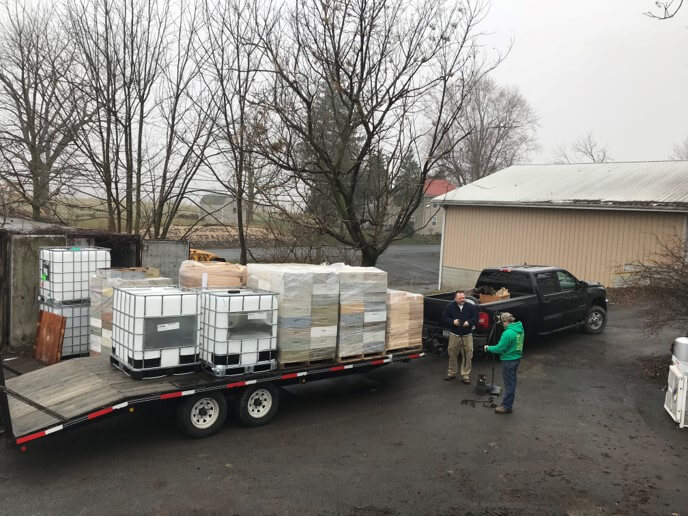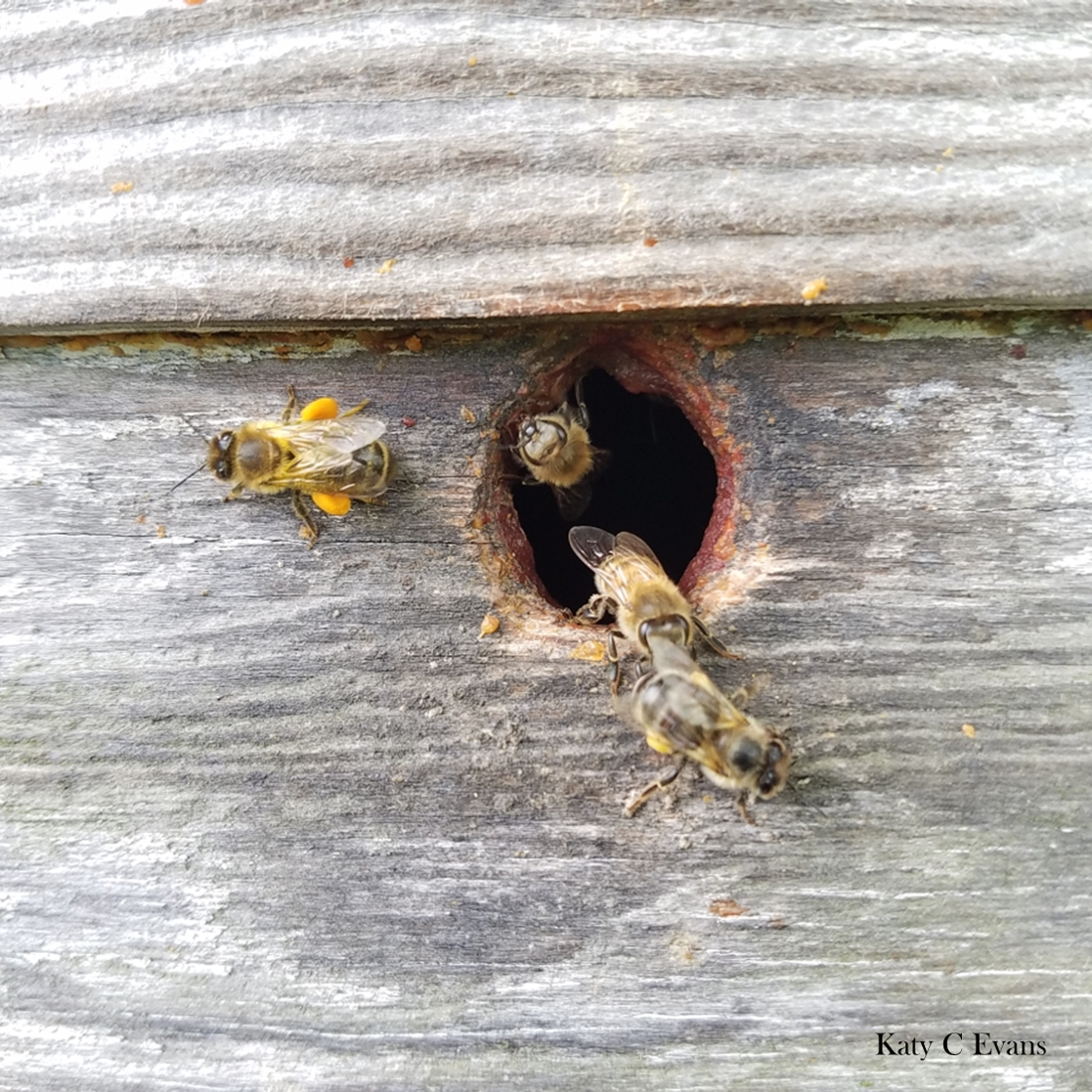Set-up for the COMB project is complete! The process of purchasing new equipment, irradiating used boxes, manipulating equipment to match the stakeholders’ suggested protocols, organizing and distributing all the right items, and then setting them up for the bees was quite an undertaking! All told, 35 pallets of equipment were purchased and 5 pallets of used boxes were irradiated! Everything was gathered in a small warehouse in Bethel, PA in February and March. An assembly […]
Our honey bee packages for the Project COMB are scheduled to arrive this coming April and we are getting ready for their arrival! Because used equipment can carry on microorganisms to new colonies, we are irradiating older equipment for disease prevention. Irradiation is a sterilization procedure that kills microorganisms present on the equipment using gamma radiation powered by Cobalt-60, which penetrate bacteria cells and kills them by breaking down their DNA. This procedure is commonly used in the medical field […]
Tracking Feral Bee Health in Pennsylvania, preliminary results 2017 What a better way to start 2018 than with an update about our exciting and ongoing citizen science project, Tracking Health of feral Bees in PA. It was a busy 2017. We sampled 19 feral colonies coupled with 11 managed colonies in six different cities throughout Pennsylvania. Once winter arrived, the field season wound down, and the bees had gone into hibernation mode, we were able […]
Stakeholders at our first COMB meeting in November 2017 On November 17, 2017 stakeholders from across Pennsylvania converged to State College to discuss beekeeping protocols for our upcoming research project. The project, funded by the USDA’s Organic Agriculture Research and Extension Initiative (OREI), will be a side-by-side comparison of honey bee health using three distinct management systems: conventional, organic and chemical-free. The López-Uribe Lab invited beekeepers that use these different management systems to participate […]
What would Halloween be without pumpkins; where would pumpkins be without bees? Non-existent! [ Pumpkins and Halloween go hand in hand. Jack O’Lantern carving is one of the most popular fall activities and pumpkin pies are a definite favorite for many at the Thanksgiving dinner table. Pumpkins were first cultivated in northern Mexico. However, they are now grown on every continent except Antarctica. Pumpkins are part of the crop genus Cucurbita (which includes squash, gourds, and zucchini among […]




